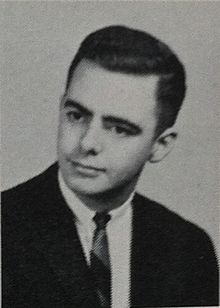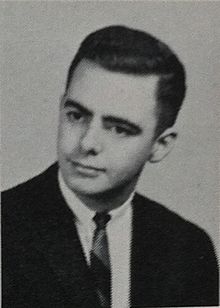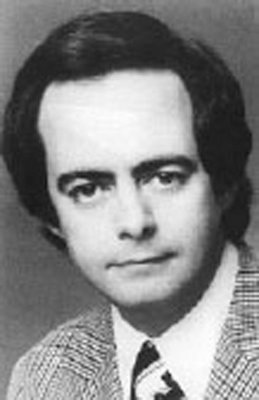http://en.wikipedia.org/wiki/Bill_Stewart_(television_journalist)
Death
On June 20, 1979, Stewart was traveling in a press van in the eastern slums of the capital city of Managua with his camera and sound crew when they were stopped at a roadblock run by the Nicaraguan Guardia (lit. Guardia Nacional, or National Guard), the main force of President Anastasio Somoza Debayle. The van was clearly marked as a press vehicle as a precaution, which had become standard practice as the insurgency and revolution increased in intensity.[5] On the previous day the government newspaper Novedades had run an editorial describing foreign journalists as "part of the vast network of communist propaganda".[6]
Stewart and his 26-year-old Nicaraguan interpreter, Juan Francisco Espinosa, exited the vehicle and approached the barricade.[7][8] Stewart presented official press credentials issued by the office of the Nicaraguan president.[3] When they were a few meters away from the soldiers cameraman Jack Clark spontaneously began filming. A guardsman ordered the men to separate, and Stewart was ordered first to kneel and then to lie face down on the ground.[7] A soldier approached Stewart, kicked him once in the ribs, then stepped back and shot him behind his right ear, killing him instantly.[3][7][9] Juan Espinosa had been shot to death off-camera by a different soldier, apparently before Stewart was killed, after he approached the guards to ask their permission for an interview.[8] The driver of the ABC van, Pablo Tiffer Lopez, would later testify that a soldier remarked of Stewart, "I'm sure he's no journalist. He's a dog." He also testified that when the soldiers realized they had killed an American journalist they commanded the crew to report that a Sandinista sniper was responsible.[10]
Stewart was 37 years old. He was survived by his wife, Myrna, and his parents.[11] His body was retrieved by his crew and flown on an Air Force C-130 from Nicaragua to Panama, then transferred to an airplane sent by ABC and returned to the United States.[12][7] Stewart was buried in Ashland, Kentucky.[13]
http://en.wikipedia.org/wiki/Bill_Stewart_(television_journalist)
Death
On June 20, 1979, Stewart was traveling in a press van in the eastern slums of the capital city of Managua with his camera and sound crew when they were stopped at a roadblock run by the Nicaraguan Guardia (lit. Guardia Nacional, or National Guard), the main force of President Anastasio Somoza Debayle. The van was clearly marked as a press vehicle as a precaution, which had become standard practice as the insurgency and revolution increased in intensity.[5] On the previous day the government newspaper Novedades had run an editorial describing foreign journalists as "part of the vast network of communist propaganda".[6]
Stewart and his 26-year-old Nicaraguan interpreter, Juan Francisco Espinosa, exited the vehicle and approached the barricade.[7][8] Stewart presented official press credentials issued by the office of the Nicaraguan president.[3] When they were a few meters away from the soldiers cameraman Jack Clark spontaneously began filming. A guardsman ordered the men to separate, and Stewart was ordered first to kneel and then to lie face down on the ground.[7] A soldier approached Stewart, kicked him once in the ribs, then stepped back and shot him behind his right ear, killing him instantly.[3][7][9] Juan Espinosa had been shot to death off-camera by a different soldier, apparently before Stewart was killed, after he approached the guards to ask their permission for an interview.[8] The driver of the ABC van, Pablo Tiffer Lopez, would later testify that a soldier remarked of Stewart, "I'm sure he's no journalist. He's a dog." He also testified that when the soldiers realized they had killed an American journalist they commanded the crew to report that a Sandinista sniper was responsible.[10]
Stewart was 37 years old. He was survived by his wife, Myrna, and his parents.[11] His body was retrieved by his crew and flown on an Air Force C-130 from Nicaragua to Panama, then transferred to an airplane sent by ABC and returned to the United States.[12][7] Stewart was buried in Ashland, Kentucky.[13]







